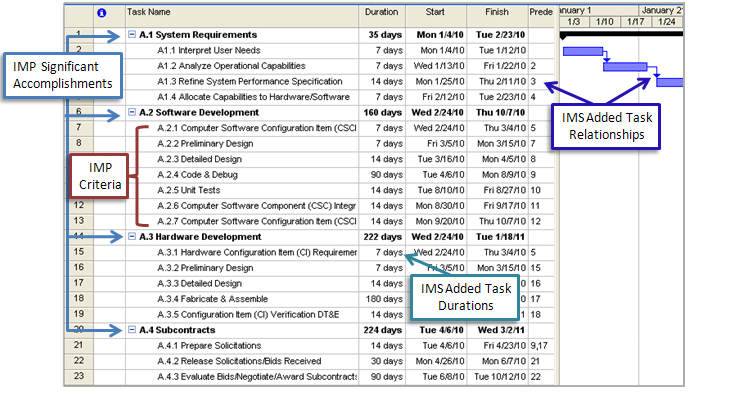 Improper payments are always an area of concern for the federal government. These include overpayments, underpayments, payments made to ineligible recipients, or even payments that weren’t properly documented. While fraudulent payments are considered improper, not all improper payments are the result of fraud. For example, improper payments can be a result of mismanagement, errors, or fraud and abuse. For fiscal year 2013, federal agencies reported nearly $106 billion in estimated improper payments. While we don’t determine amounts of improper payments by cause, we do highlight areas of concern and make recommendations for reducing many types of improper payments, both at specific agencies and government-wide.
Improper payments are always an area of concern for the federal government. These include overpayments, underpayments, payments made to ineligible recipients, or even payments that weren’t properly documented. While fraudulent payments are considered improper, not all improper payments are the result of fraud. For example, improper payments can be a result of mismanagement, errors, or fraud and abuse. For fiscal year 2013, federal agencies reported nearly $106 billion in estimated improper payments. While we don’t determine amounts of improper payments by cause, we do highlight areas of concern and make recommendations for reducing many types of improper payments, both at specific agencies and government-wide.
Our reports and testimonies have highlighted improper payment issues across the federal government as well as at specific agencies. For example, we highlighted the issue of improper payments in our report on the fiscal year 2013 Financial Report of the United States Government. Specifically, we found that the federal government is unable to determine the full extent to which improper payments occur. As a result, it is unable to reasonably assure that appropriate actions are taken to reduce them.
We also previously identified government-wide improper payments as an area for potential cost savings in our 2011 annual report on fragmentation, overlap, and duplication. Check out our Action Tracker for information on progress the government has made and what challenges remain related to improper payments.
We have identified multiple areas in which agencies can strengthen their internal controls and processes for estimating improper payments:
- Prevention: Controls like prepayment edits and predictive analytics technologies used by the Centers for Medicare and Medicaid Services (CMS) can help prevent improper payments. Prepayment edits are programmed into claims processing systems and automatically compare claims to Medicaid requirements to approve, deny, or flag the claims for further review. Predictive analytics technologies help find potentially fraudulent claims before they are paid. Preventive controls like these can help agencies avoid the “pay and chase” difficulties of recovering overpayments.
- Detection and Recovery: Once payments have been made, agencies can use controls such as CMS’s data mining efforts and its oversight of recovery audit contractors to help them identify and potentially recover improper payments.
- Estimation and Corrective Actions: To improve the quality of agencies’ improper payment estimates, we have made recommendations to improve estimation methodologies that the Department of Defense and the Foster Care and Medicaid programs use. We have also made recommendations to ensure that agencies’ corrective actions address the root causes of improper payments, and that agencies monitor progress that states are making on implementing corrective actions for state-administered programs.
- Questions on the content of this post? Contact Beryl Davis at [email protected].
- Comments on the WatchBlog? Contact [email protected].





Leave a Reply
You must be logged in to post a comment.